Such play bills are rare as they were considered ephemeral, and this one is significant as it lists five examples of scenery by twenty-two year old Roberts & Stanfield who were considered to be among the top scenery painters of their day, both went on to become international fine artists of considerable repute, but here we find them earning a living at five guineas a week, at the beginning of their careers. But more so what their training taught them as scene-painters greatly influenced the drama of their later works.
Click here for an example of period scenery
Theatre Royal Drury Lane Exterior & Interior
Productions relying more on scenery and effects than on dialogue and acting remained commonplace in the new facility. The 1823 production of Cataract of the Ganges had a finale featuring a horseback escape up a flowing cataract "with fire raging all around."
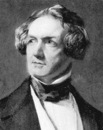 William Charles Macready, (born March 3, 1793, London, Eng.—died April 27, 1873, Cheltenham, Gloucestershire), English actor, manager, and diarist, a leading figure in the development of acting and production techniques of the 19th century. In 1810 he made his debut in his father’s company, as Romeo, at Birmingham and rapidly acquired fame in other roles in provincial theatres. In 1816 he appeared at Covent Garden, London, and played a series of melodramatic villains. He performed with such earnestness and truth that he became firmly established, and by 1820 he was recognized as one of the finest contemporary English actors, second only to Edmund Kean. Macready achieved his greatest fame playing such Shakespearean roles as Hamlet, Iago, Lear, Othello, and Richard II.
William Charles Macready, (born March 3, 1793, London, Eng.—died April 27, 1873, Cheltenham, Gloucestershire), English actor, manager, and diarist, a leading figure in the development of acting and production techniques of the 19th century. In 1810 he made his debut in his father’s company, as Romeo, at Birmingham and rapidly acquired fame in other roles in provincial theatres. In 1816 he appeared at Covent Garden, London, and played a series of melodramatic villains. He performed with such earnestness and truth that he became firmly established, and by 1820 he was recognized as one of the finest contemporary English actors, second only to Edmund Kean. Macready achieved his greatest fame playing such Shakespearean roles as Hamlet, Iago, Lear, Othello, and Richard II.
Macready served as the manager of Covent Garden from 1837 to 1839 and as manager of Drury Lane from 1841 to 1843. [Britannica.com]
For more information on David Roberts vide: http://www.russborough.com/antique_prints/davidroberts.html#davidroberts

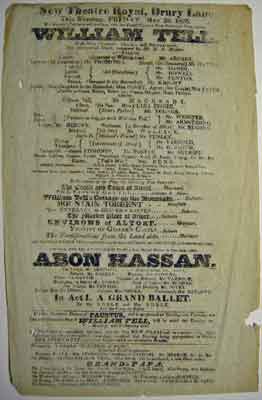
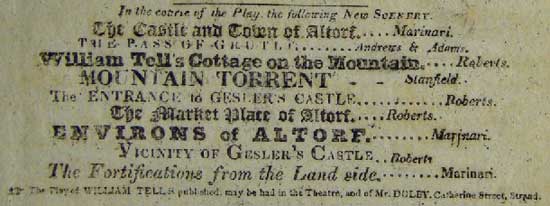
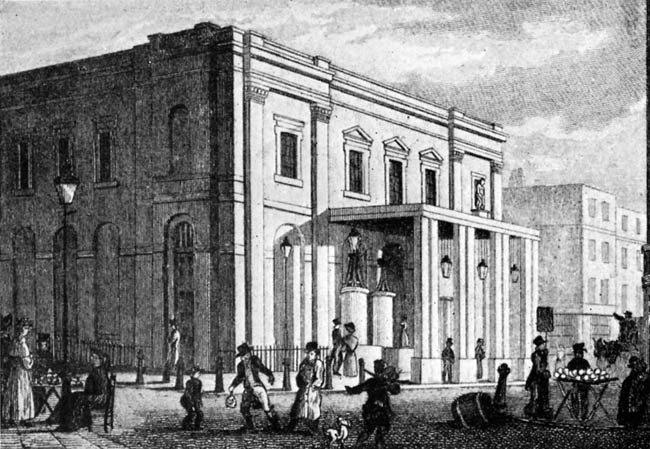
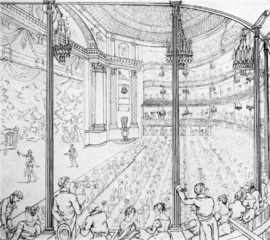
 William Charles Macready, (born March 3, 1793, London, Eng.—died April 27, 1873, Cheltenham, Gloucestershire), English actor, manager, and diarist, a leading figure in the development of acting and production techniques of the 19th century. In 1810 he made his debut in his father’s company, as Romeo, at Birmingham and rapidly acquired fame in other roles in provincial theatres. In 1816 he appeared at Covent Garden, London, and played a series of melodramatic villains. He performed with such earnestness and truth that he became firmly established, and by 1820 he was recognized as one of the finest contemporary English actors, second only to Edmund Kean. Macready achieved his greatest fame playing such Shakespearean roles as Hamlet, Iago, Lear, Othello, and Richard II.
William Charles Macready, (born March 3, 1793, London, Eng.—died April 27, 1873, Cheltenham, Gloucestershire), English actor, manager, and diarist, a leading figure in the development of acting and production techniques of the 19th century. In 1810 he made his debut in his father’s company, as Romeo, at Birmingham and rapidly acquired fame in other roles in provincial theatres. In 1816 he appeared at Covent Garden, London, and played a series of melodramatic villains. He performed with such earnestness and truth that he became firmly established, and by 1820 he was recognized as one of the finest contemporary English actors, second only to Edmund Kean. Macready achieved his greatest fame playing such Shakespearean roles as Hamlet, Iago, Lear, Othello, and Richard II.